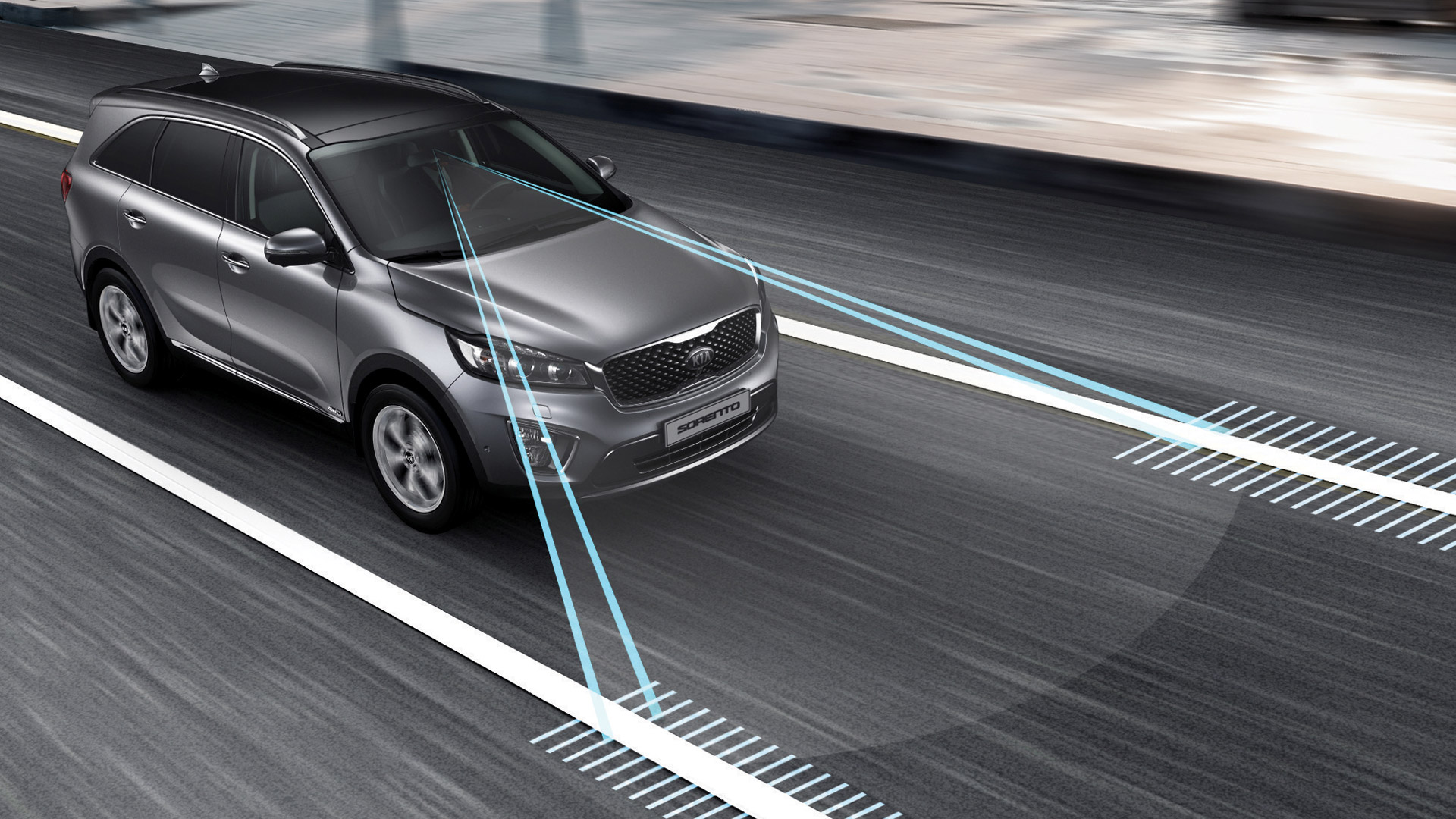
This is a recommended process that should be followed when fitting or refitting windscreens.
4.1 Understanding
a) Understand as to whether the vehicle has ADAS applications fitted.
b) Determine which ADAS function(s) require sensor calibration. Determine what type of calibration is required for the systems : i.e. static, dynamic or combination of these.
c) Determine the required methods and equipment.
4.2 Awareness
d) Ensure that customers are aware that they have (or potentially have) a vehicle that has ADAS features loaded.
e) Ensure that the customer is made aware of the need for the sensor being calibrated in accordance with vehicle manufacturers’ instructions (if they have the ADAS function loaded) after the windscreen is changed.
f) Ensure that customers are aware that the function may be impaired and they should not rely on the operation of any ADAS after their windscreen is changed until the system is calibrated.
g) Make it clear to customers (i) whether you can calibrate their ADAS sensor system either using your own technology or by using a sub-contractor; (ii) that otherwise they will be responsible for getting the system calibrated using, for example, their local dealership; and (iii) that they may be held liable if any event occurs resulting from their failure to calibrate.
Provide customers with a written communication about their vehicle’s ADAS technology, setting out the following facts, namely (i) the need for calibration (including how their system will be calibrated if undertaken or managed by you as the service provider); (ii) the need to get the system calibrated themselves if you are unable to calibrate their ADAS sensor as part of your service; (iii)
that they should not rely on the correct functionality of the ADAS system unless/until the system has been successfully calibrated; (iv) that they may be held liable if any adverse event occurs as a result of their failure to calibrate; and (v) their insurance company should be notified of the position.
4.3 Scheduling the job
a) Vehicles that require Static Calibration will need to be booked into an appropriate facility.
b) Make sure that the screen being ordered/fitted meets is of the right optical quality for the ADAS system to work as the Vehicle Manufacture intended.
c) Make customers aware if there vehicle requires Dynamic Calibration their vehicle will need to be driven on public roads in order to complete the calibration service.
d) If the calibration cannot be carried out at the time of the windscreen replacement service an alternative date/appointment may need to be scheduled.
e) Ensure that the correct calibration technology which includes the Diagnostic/Calibration Equipment are available at the time of service.
4.4 Performing the job
f) Pre-inspection – use Diagnostic Tool.
g) Make customer aware of non ADAS fault codes.
h) If Dynamic Calibration ensure that the vehicle is not moved prior to the adhesive system’s minimum drive away time (MDAT).
i) Calibrate system as appropriate.
j) Print the calibration certificate.
k) Provide the customer with a copy of the calibration certificate and retain a copy of the calibration certificate for your records.
